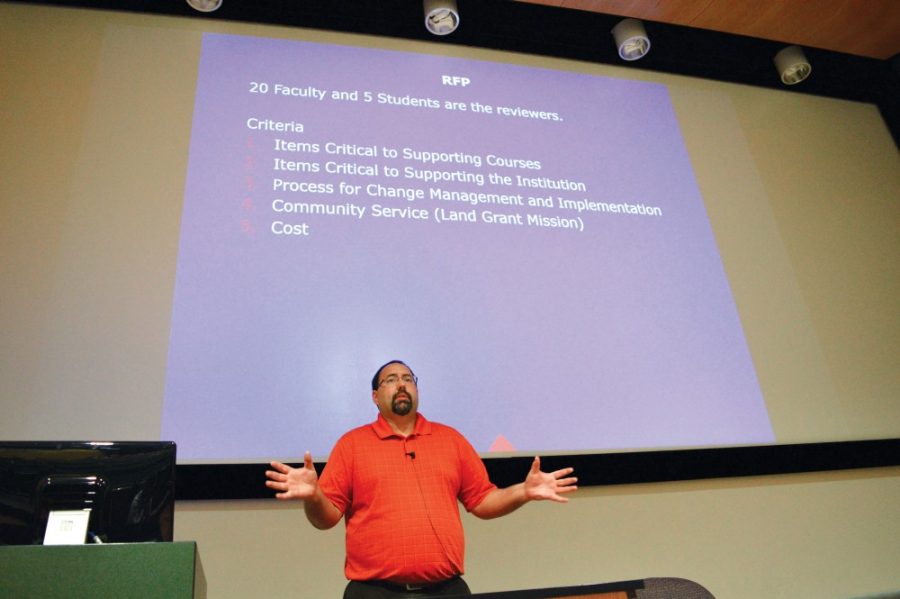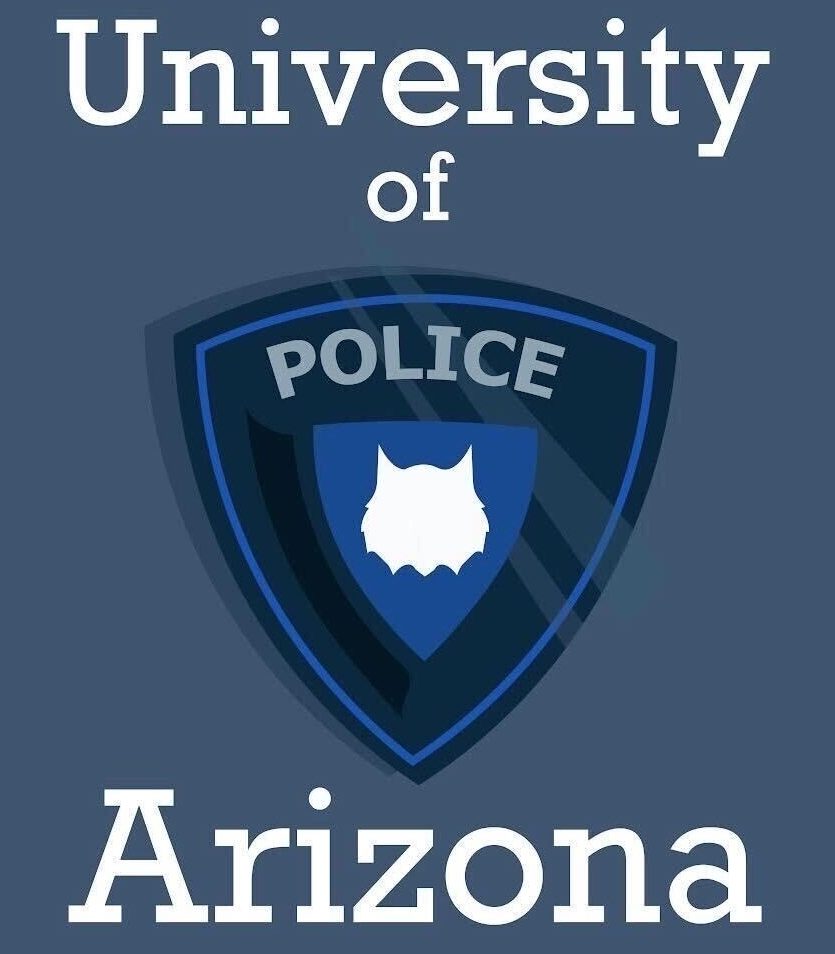Students may have noticed an article on their D2L news feed in the last week titled “Request For Proposal for a Learning Management System.”
The Request For Proposal, also called an RFP, is a way for the UA to ask competing vendors to put forth their products to improve the university.
In this case, the UA is seeking the potential replacement of its current primary learning management system, Desire2Learn, or D2L.
“The main reason this RFP is happening is to answer the question: Which learning management system is the best fit for the UA?” said Mark Felix, director for Instructional Support at the UA, during a Q&A meeting Wednesday.
The meeting, which various staff, faculty and students attended, aimed to present the reasons for switching the service, answer questions about what the change would involve if it were to happen and gain feedback to help the transition process run more smoothly.
Felix implied that just because an RFP is underway, a new learning management system is not guaranteed.
“We’re just trying to make sure that D2L continues to be the right fit [for the UA],” Felix said.
The continued use of a server-based system similar to D2L and the benefits of open-source and cloud technologies were among the topics discussed at the meeting.
One of the potential vendors could also be one of the other learning management system platforms used less frequently by UA students.
Among those systems—D2L, Blackboard, Moodle and Canvas—D2L hosts the most users, “with over 80 percent of the university’s courses using it,” according to Felix.
He also said that the names of potential vendors must remain private to keep the voting process more objective until next May, when the new system would begin its trial in classrooms.
The RFP designates a group of 20 faculty members and five Associated Students of the University of Arizona-affiliated students as the voting panel for the various learning management system propositions given to the UA by interested vendors.
The panel is looking for is a system that meets five general criteria: course improvement, its ability to help the UA achieve wider goals, the difficulty with installing the new system, its ability to promote community service and the cost of the product, which is thankfully the least of their concerns, according to Felix.
In order to keep the process confidential, details have been kept under wraps.
During the Q&A, one student asked if there were any “specific features” being considered.
“I’m not particularly sure if I’m allowed to answer that question,” Felix said.
However, he did say that “there are some uniquenesses, [between platforms, that pay] heavier attention to writing instead of grading,” and that the university pays special interest to those.
The process of searching for a new system began 15 months ago, when Faculty Affairs asked the campus faculty community “to review what our technology solutions look like, related to teaching and learning,” Felix said. Faculty Affairs sent a letter out to faculty members and formed a group to undertake the review.
Their goal was to answer the question: “How can [UA affiliates] all make sure we’re using the best tools?”
The review team spent over a year creating the UA Learning Ecosystem Report, which explored various aspects of the university’s learning environment, like learning spaces and UAWifi.
The idea of change with regards to swapping out D2L for another system has been a major point of concern among UA affiliates.
“This has definitely been the primary topic—the concern about the number of hours and the usage, and what that would translate to if the switch was done,” Felix said.
Follow Andy Alvarado on Twitter.








